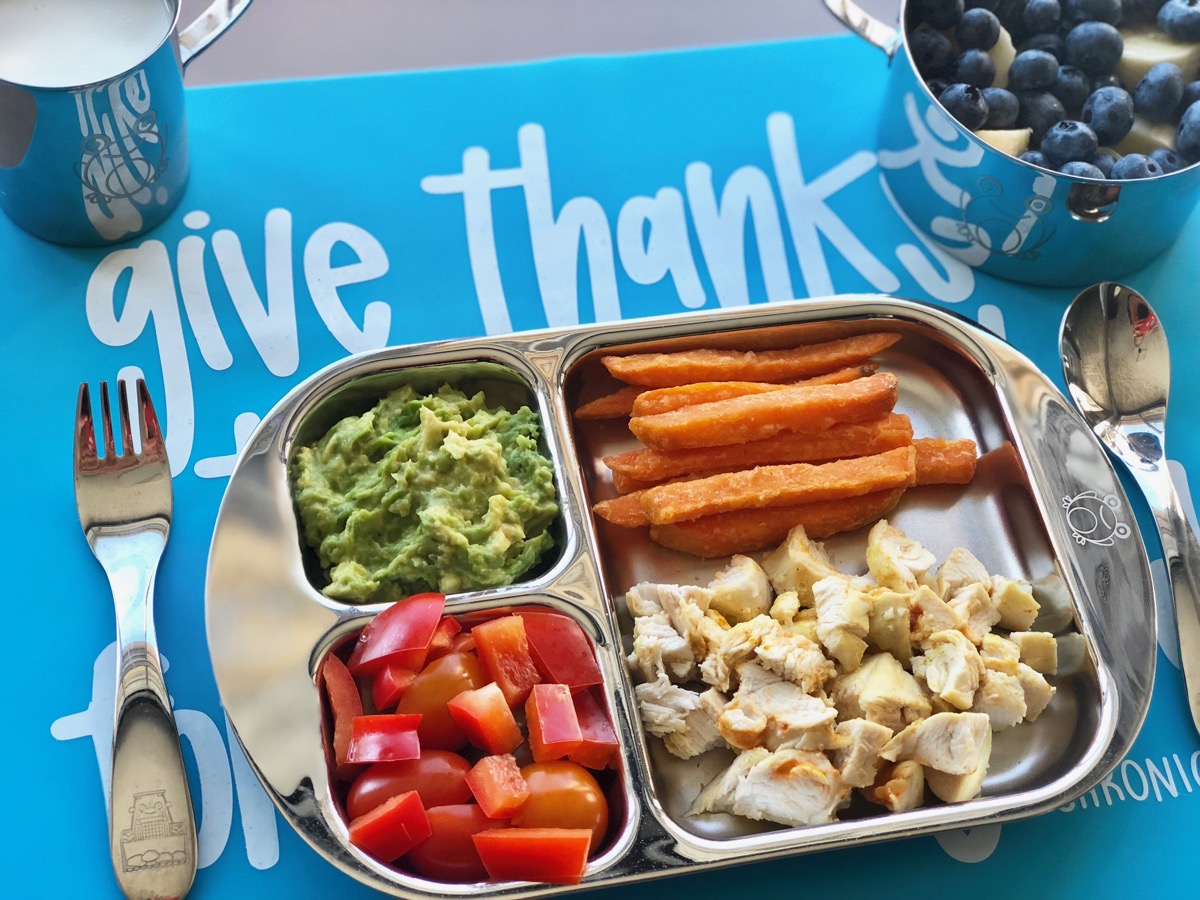
There is a lot of nutrition content available these days, but sometimes finding accurate and applicable vitamin and mineral information can be like looking for a lost treasure box! Also, finding nutrient-dense recipes that are kid-approved can add to the search. To help you on your journey, I have pulled together 5 of the top nutrients of interest in childhood nutrition and development along with ideas and recipes for adding more of these nutrients to your child’s intake.
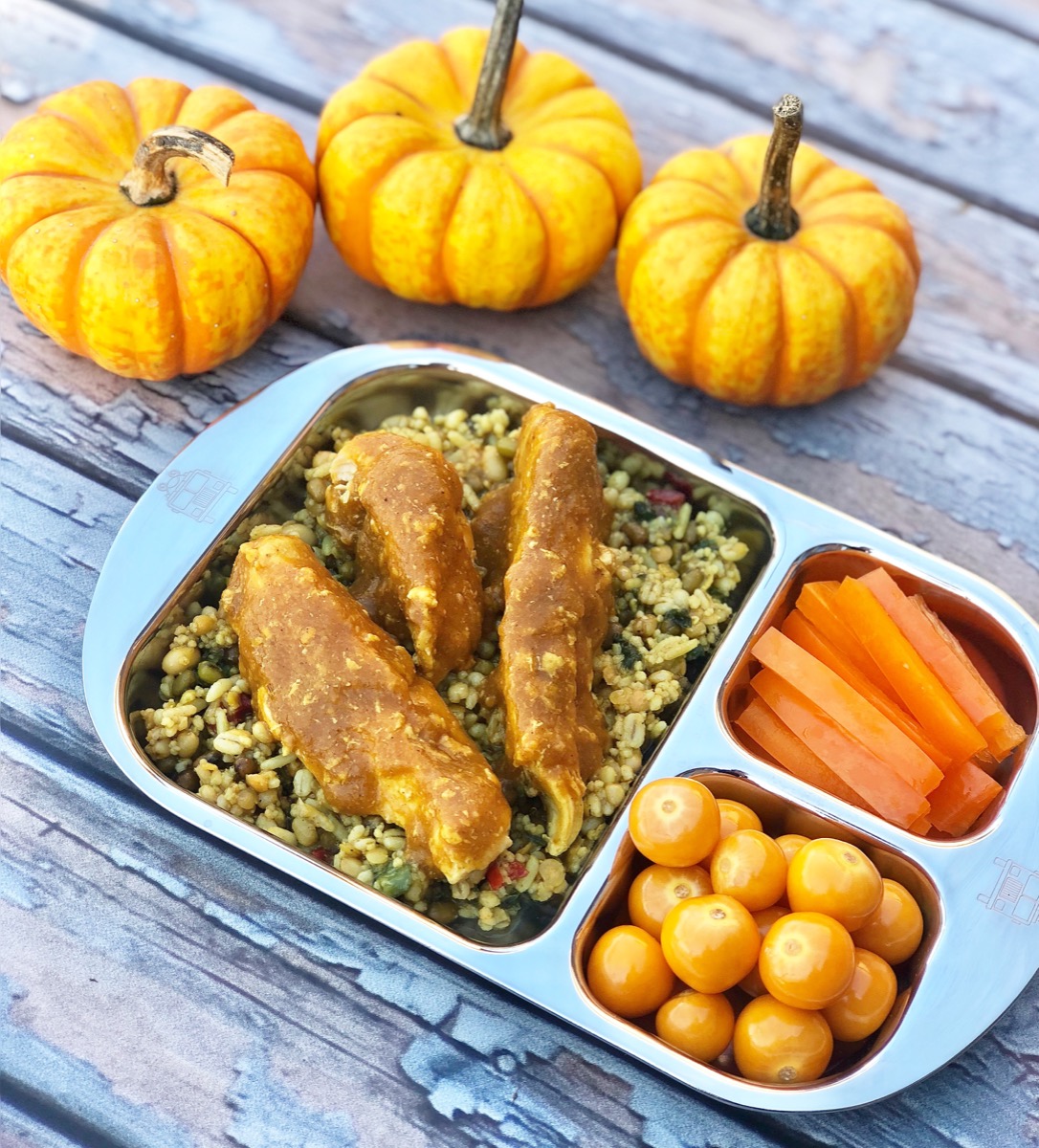
Vitamin A/Beta-carotene
Vitamin A plays a significant roles in eye, cellular, and bone health. You may have noticed that beta-carotene is used interchangeably with vitamin A. That is because it is a “precursor” for vitamin A, meaning that the body can create vitamin A from beta-carotene in the diet. Rich sources of beta-carotene include pumpkin, sweet potato, beets, mango, and cantaloupe. A fun way to increase beta carotene in the diet is making Carrot and Sweet Potato Fries! Here is the easy recipe for them: Peel one large sweet potato and 3-4 carrots and then cut them all into strips. Place them on a baking stone and spray them with avocado oil or grapeseed oil. Bake them in the oven at 425F for about 30 minutes (or longer if your pieces are thicker and need more time to cook through). Serve as a snack with mashed avocado for dip or as a side with meatballs and broccoli! Another way to boost the beta carotene in your child’s diet is having a fun game to see how many orange foods you can serve at one time or try adding a cup of shredded carrots into the batter of their favourite baked goods and blending it up in a food processor or high-speed blender.
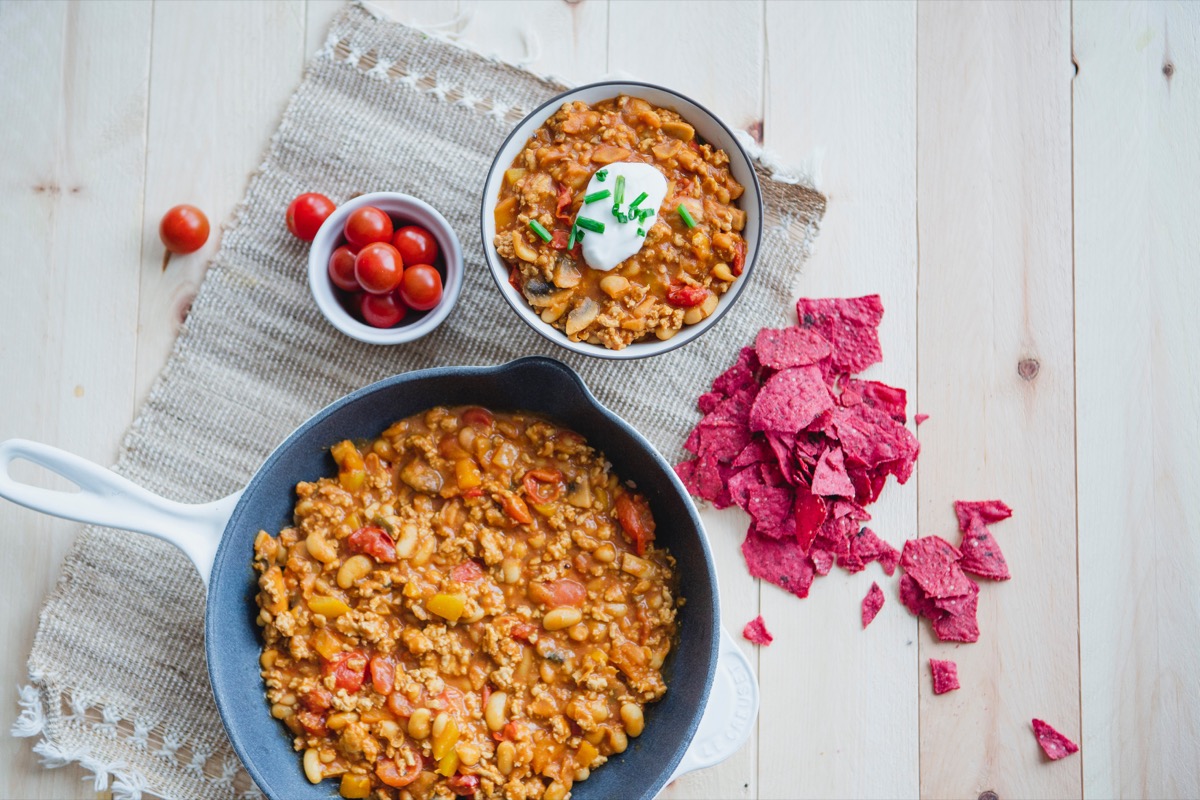
Iron
Iron is a mineral that is needed in very small amounts, and yet is one of the most significant nutrients for our children’s brain development. Iron is also part of hemoglobin and myoglobin which carry oxygen to our body tissues supporting energy, focus, and immunity.
There are two types of iron: heme and non heme. Heme iron is found in animal products and is easily absorbed by the body. Non-heme iron is found in plant-based iron sources and is less readily absorbed. Consuming a source of heme iron and/or vitamin C with a source of non-heme iron helps with absorption. This White Chicken Chili is a recipe that is rich in heme and non-heme iron, as well as vitamin C. You can include your children in making it by asking them to help dice the tomatoes and peppers and drain and rinse the beans. When children are involved in cooking, they tend to be more interested in eating the final product. If you are looking for new ways to serve chili, try offering it as a baked sweet potato topping or a whole grain cracker dip.
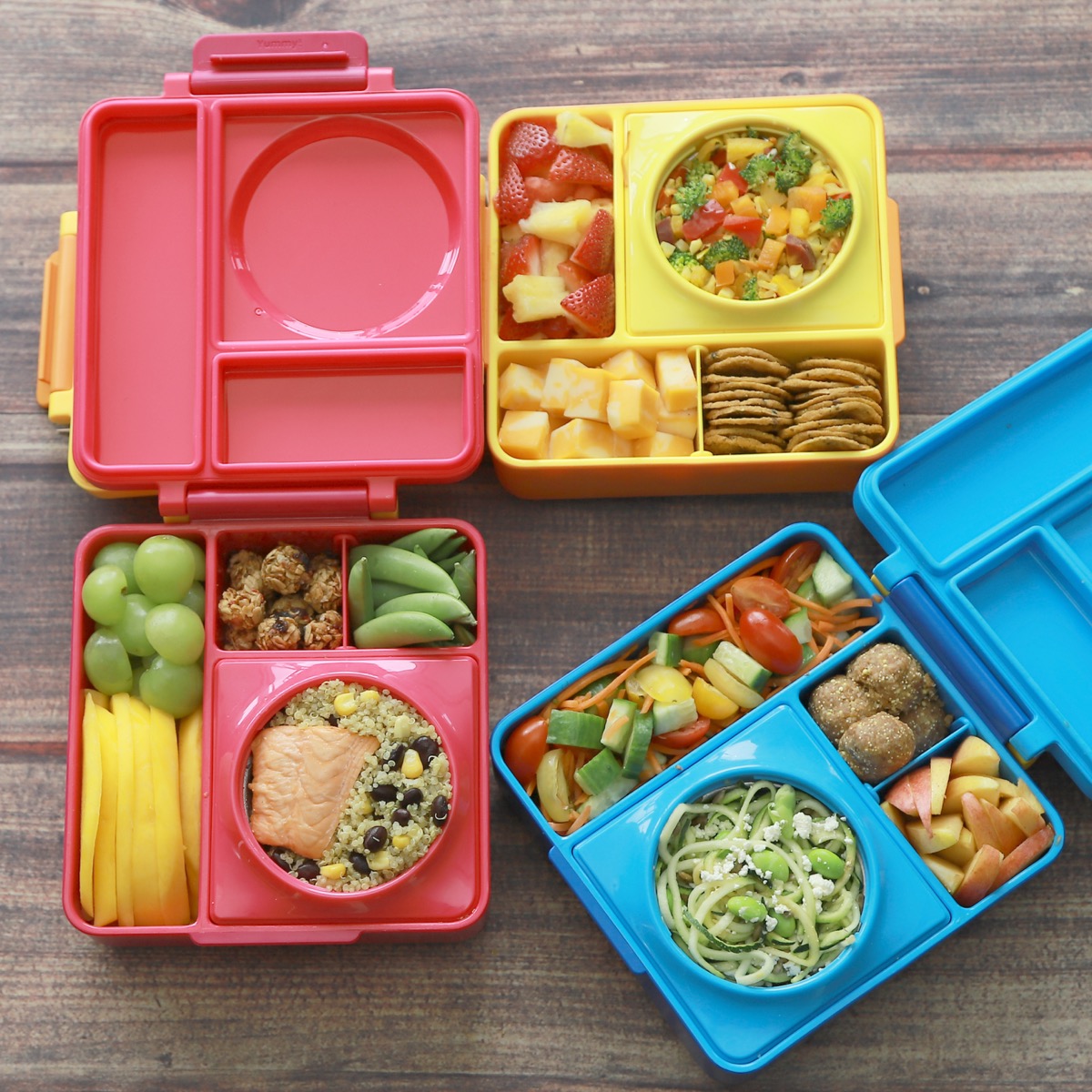
Vitamin C
While we don’t see many cases of scurvy anymore, vitamin C remains a nutrient of interest for two reasons. One is that it helps us to absorb iron. The other is that it acts as an antioxidant which means it helps guard against free radicals that can increase our risk of heart disease and certain types of cancer. Vitamin C is one of the easiest nutrients to boost in our children’s diets. One of the most important tips to remember is to provide it through whole foods instead of juice so that a good source of fibre is present too! This Tomato and Watermelon Salad is a summer favourite in our house and incredibly rich in vitamin C. Pair it with a meal high in iron for a nutrition AND flavour packed option! Another easy way to boost our children’s vitamin C intake is adding juicy fruits such as mangoes, oranges, pineapple, and strawberries to their lunchboxes.
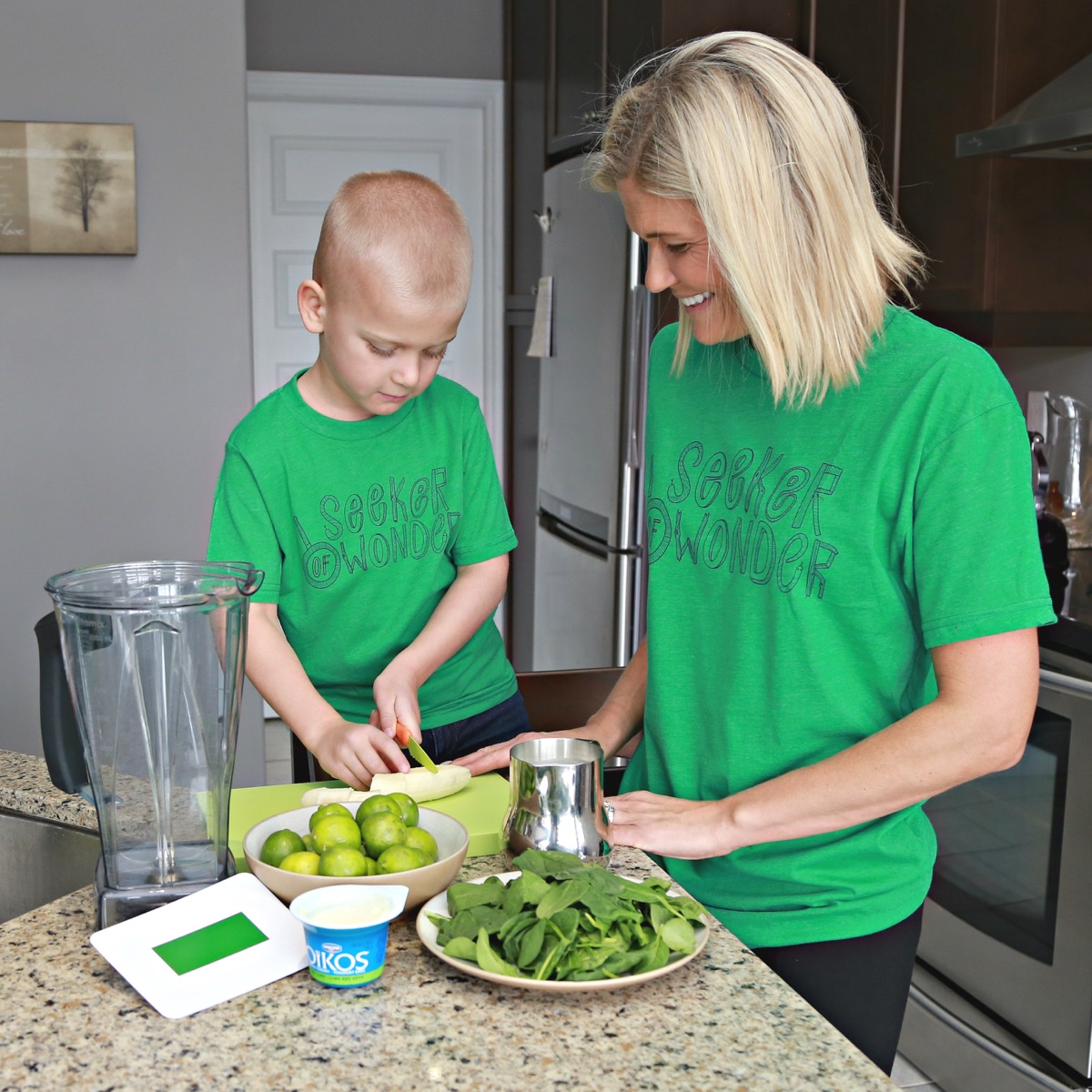
Calcium
We have until we are 30 to build our bone length and density and the majority of this growth happens in childhood. Offering children foods rich in calcium and other bone building nutrients such as vitamin D gives them the best chance at strong bones and teeth. This Broccoli and Cheese Soup is super easy for kids to help make and packed with bone building support! Smoothies are also an amazing way to offer calcium and vitamin D while giving children full creative control in the kitchen. Try making a smoothie bar with your choice of milk/yogurt and small dishes frozen kale, spinach, cauliflower, berries, banana, lime, pineapple, avocado, dates, hemp hearts, and more. Allow your child to make the mix they want creating ownership and autonomy while creating a nutrient dense snack!
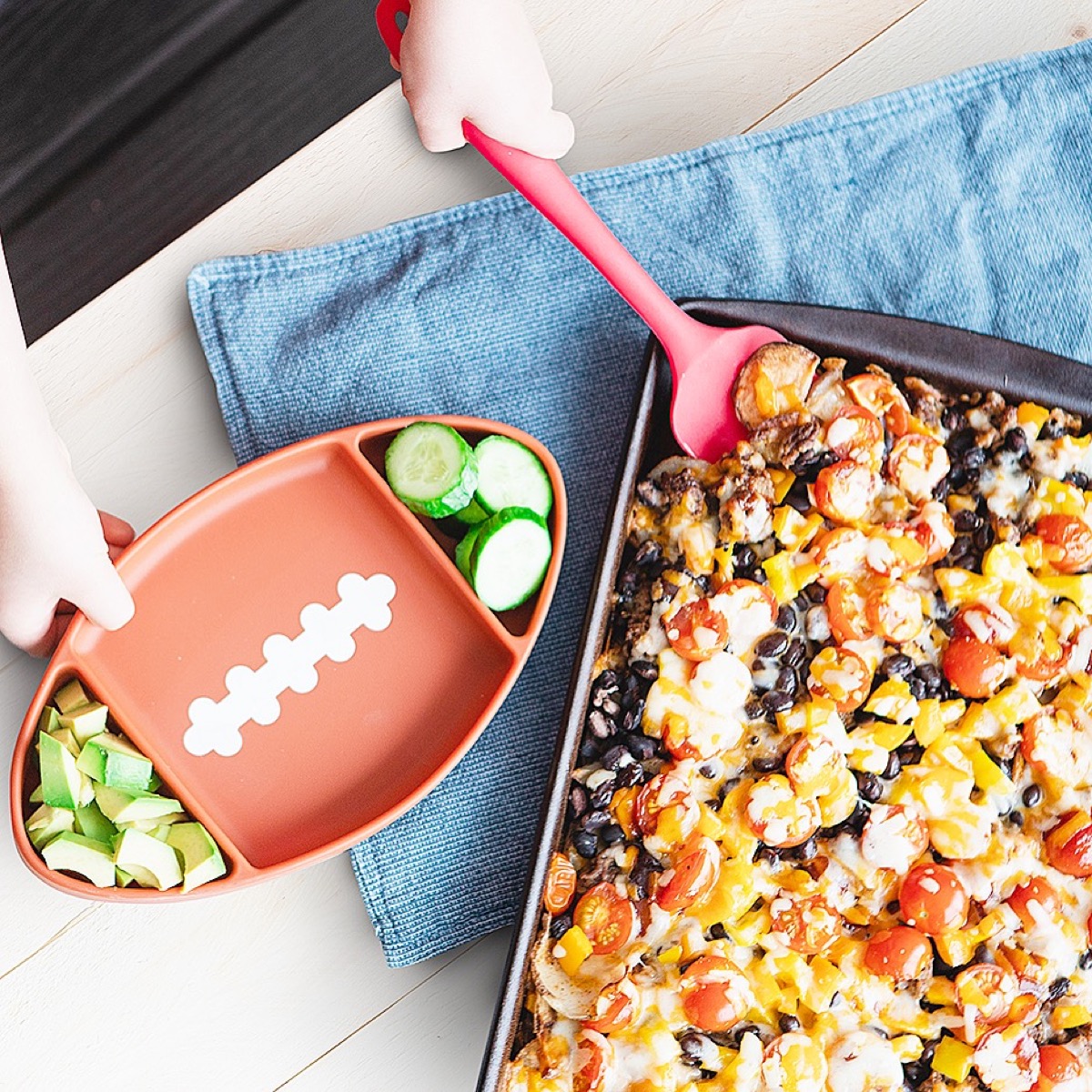
Zinc
Did you know that zinc activates many aspects of growth in children? It also plays a role in immunity against acute illnesses. Zinc can be found in a variety of protein rich foods such as meat, fish, legumes, eggs, lentils, and more. These Irish Nachos offer two rich sources of zinc (and iron): chicken and black beans. They also offer sources of calcium, vitamin C, and beta carotene making them a beautiful and nutrient dense dish. And the best part is that they are INCREDIBLY DELISH TOO!
Don’t forget to follow us on Twitter, Instagram, Pinterest, and Facebook!
Original content © 2019 Super Simple. Not to be reprinted without express written permission. Terms of Service.

